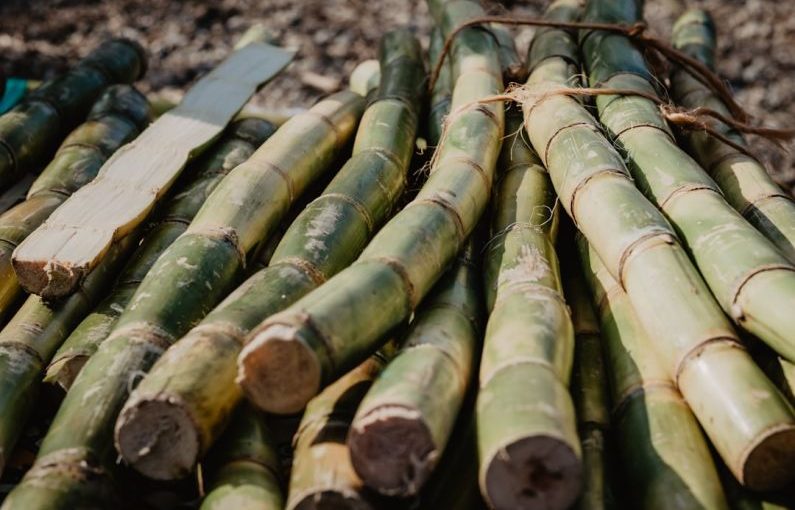The journey of sugar cane, from its origins as wild grass to becoming a vital crop in various industries, is a fascinating tale of human ingenuity and agricultural evolution. This tall, perennial grass with stout, jointed, fibrous stalks has been cultivated for centuries, playing a crucial role in the production of sugar and other valuable byproducts. Let’s delve into the intriguing story of how sugar cane has transitioned from its wild state to a cultivated crop that shapes economies and cultures around the world.
**The Wild Beginnings of Sugar Cane**
Sugar cane, scientifically known as Saccharum officinarum, traces its origins back to New Guinea, where it grew as wild grass thousands of years ago. The early humans in this region likely discovered the sweet juice contained within the stalks of this tall grass and began to cultivate it for its edible properties. As the plant spread to other regions through human migration and trade, its significance grew, eventually leading to its cultivation on a larger scale.
**Domestication and Cultivation**
The domestication of sugar cane marked a significant milestone in its transformation from wild grass to a cultivated crop. Through selective breeding, early agriculturalists sought to improve the yield and sweetness of the plant, leading to the development of varieties with higher sugar content. Over time, sugar cane cultivation spread to various parts of the world, including India, China, and the Middle East, where it became a valuable commodity traded along ancient trade routes.
**The Rise of Sugar as a Commodity**
The widespread cultivation of sugar cane laid the foundation for the rise of sugar as a valuable commodity in global trade. As demand for this sweetener grew in Europe and other regions, sugar cane plantations were established in tropical regions, such as the Caribbean and Brazil, where the climate was conducive to its cultivation. The labor-intensive nature of sugar cane production led to the use of enslaved labor on plantations, shaping the history of the sugar industry in these regions.
**Industrialization and Technological Advances**
The industrial revolution brought significant changes to sugar cane production, with technological advances revolutionizing the way sugar was extracted from the plant. The invention of the steam-powered sugar mill and the diffusion process for sugar extraction marked important milestones in the mechanization of sugar production, making it more efficient and cost-effective. These advancements paved the way for the large-scale production of sugar and its byproducts, such as molasses and rum.
**Modern-Day Significance of Sugar Cane**
Today, sugar cane remains a vital crop with a wide range of applications beyond sugar production. The stalks of the plant are used to produce ethanol, a renewable biofuel that serves as an alternative to fossil fuels. Additionally, byproducts of sugar cane processing, such as bagasse, are utilized as biomass fuel for energy generation, further enhancing the sustainability of sugar cane cultivation.
**Sustainable Practices in Sugar Cane Cultivation**
As concerns about environmental sustainability grow, there is increased emphasis on adopting sustainable practices in sugar cane cultivation. From precision agriculture techniques to the use of organic fertilizers and integrated pest management, modern sugar cane farmers are exploring innovative ways to reduce their environmental impact and ensure the long-term viability of sugar cane production.
**Looking to the Future**
The future of sugar cane holds promise as researchers explore ways to enhance crop yields, improve disease resistance, and develop new varieties with enhanced nutritional properties. From biofortified sugar cane with higher vitamin content to drought-tolerant varieties that can thrive in challenging climates, ongoing research aims to unlock the full potential of this versatile crop for the benefit of future generations.
**In Summary**
The evolution of sugar cane from wild grass to cultivated crop is a testament to human innovation and adaptability. From its humble origins in New Guinea to its global significance as a vital crop in various industries, sugar cane continues to play a crucial role in shaping economies and cultures around the world. As we look to the future, sustainable practices and technological advancements hold the key to ensuring the continued success of sugar cane cultivation for generations to come.





